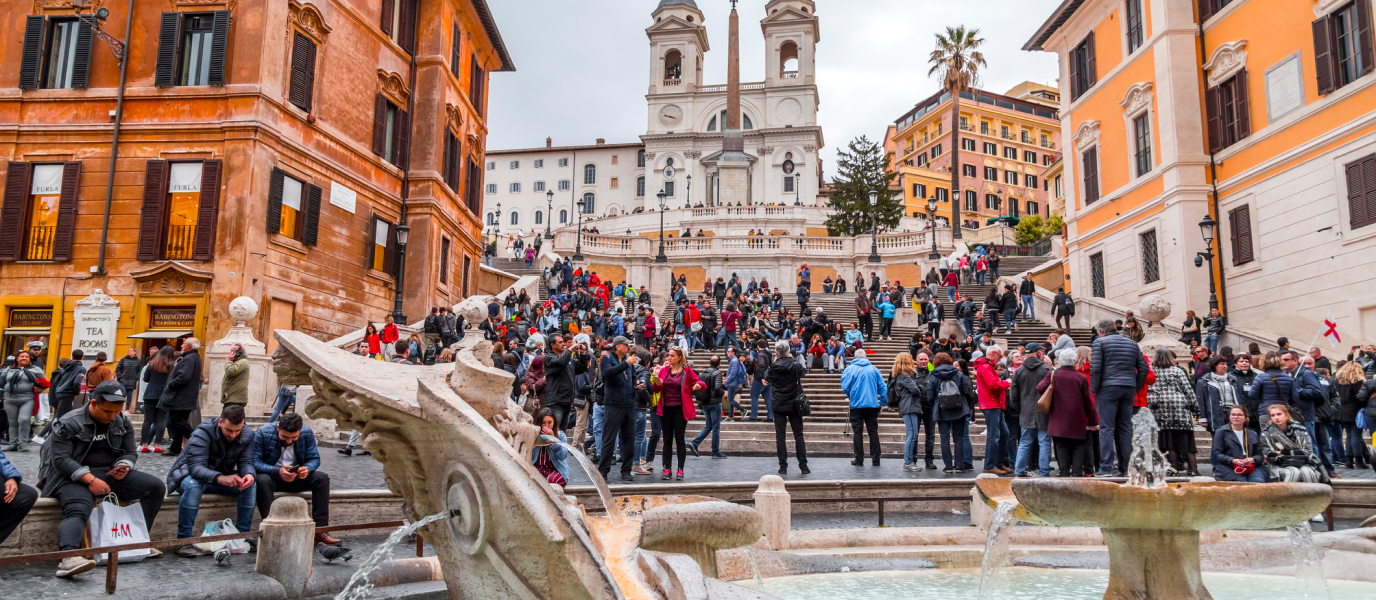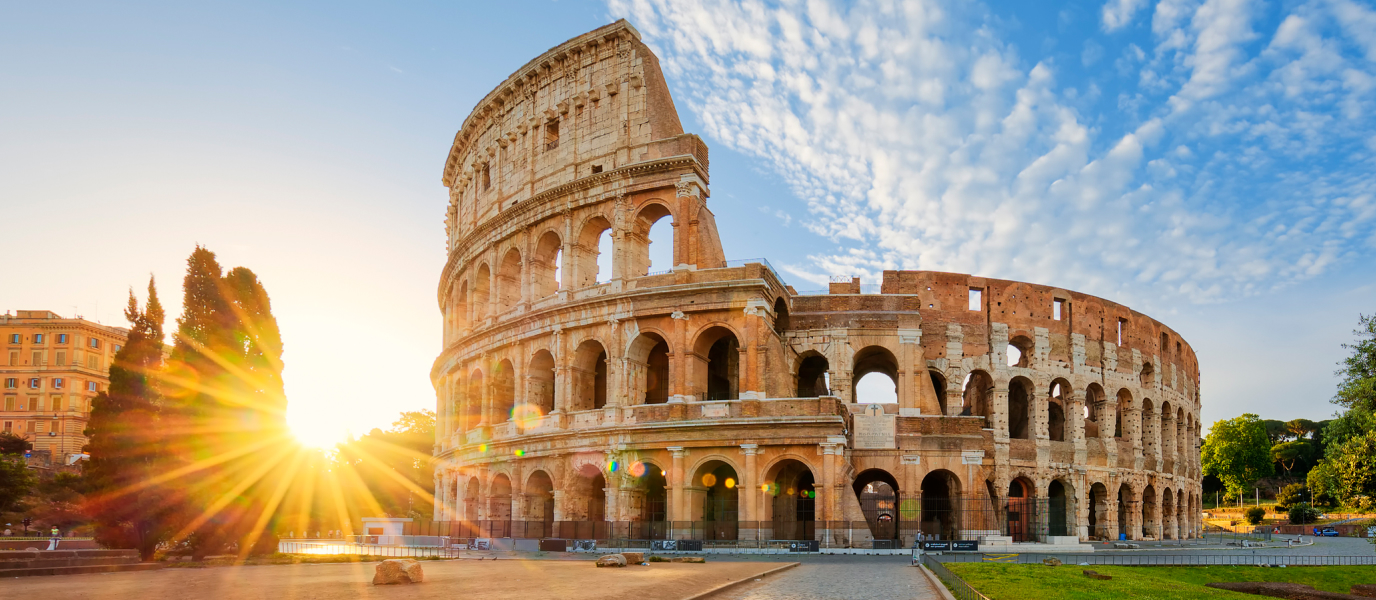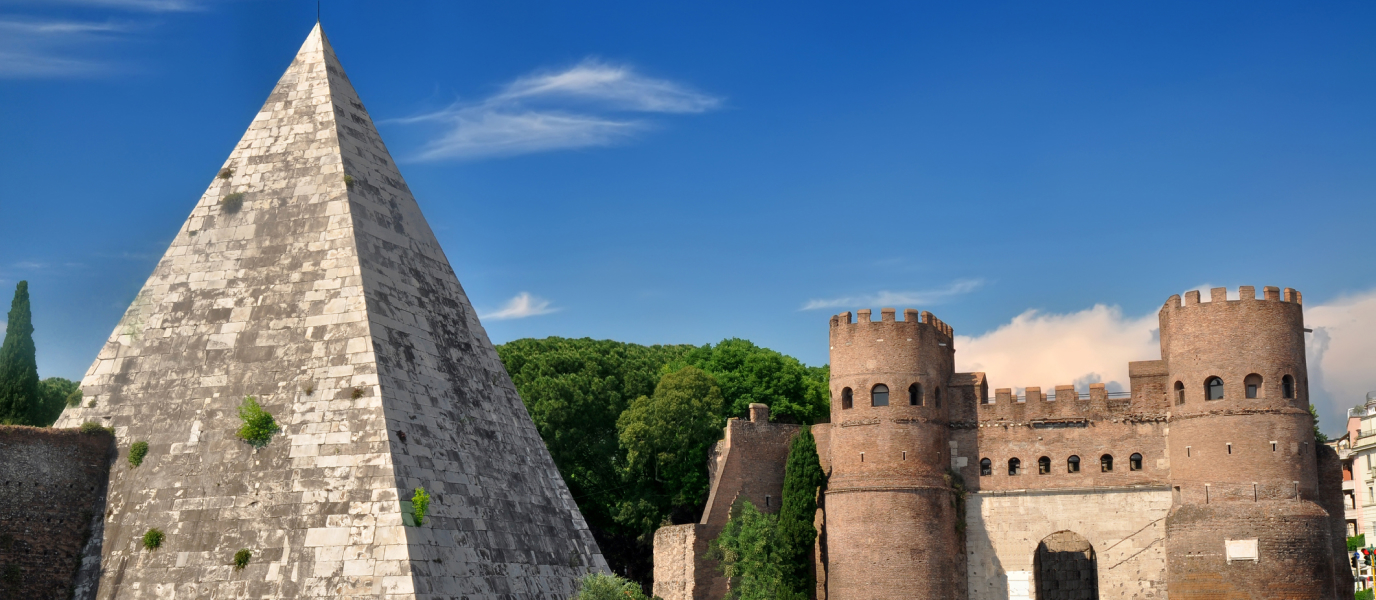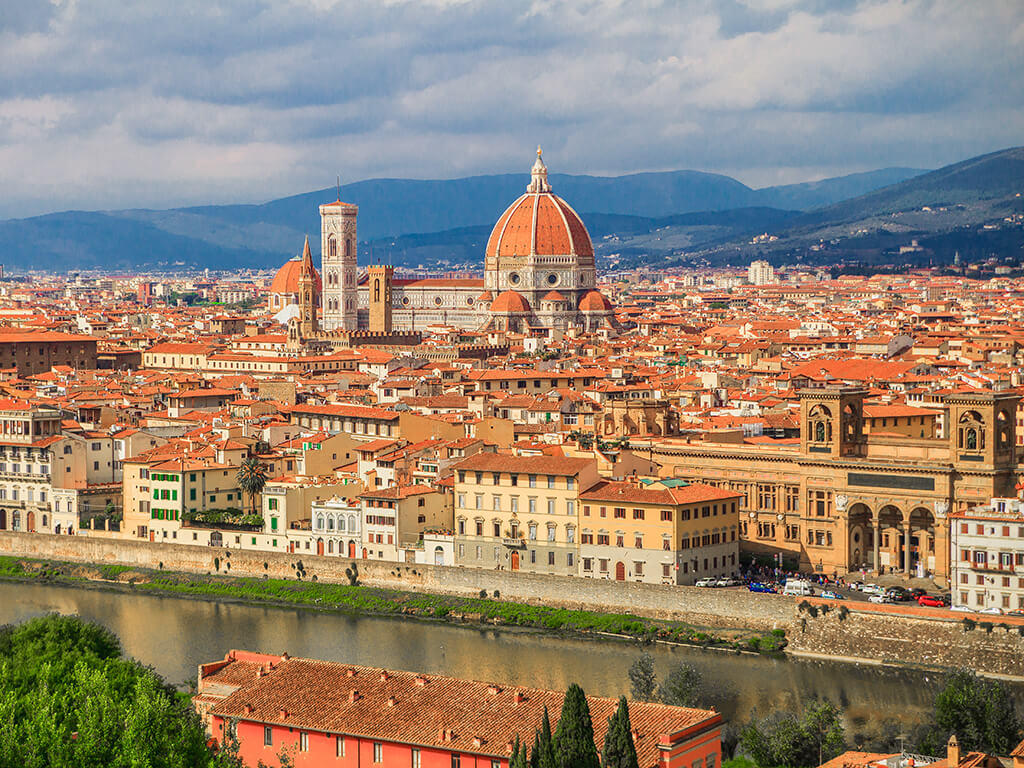Piazza di Spagna is one of the most beautiful squares in the world and a must-see landmark while in Rome. Located in one of the prettiest neighbourhoods of Rome, Campo Marzio, the elegant square is an important thoroughfare through the city’s vibrant historic centre and an important gathering place for locals and foreigners alike. Some of the city’s most iconic streets branch off the square, such as Via del Condotti, Via del Babuino, Via della Propaganda and Via Sistina. The square has been depicted in countless paintings, films and photography for its timeless Renaissance architecture.
Read on to learn more about the enchanting Piazza di Spagna.
The name behind the square
Piazza di Spagna takes its name from Palazzo di Spagna (Monaldeschi Palace), the palace that has housed the Embassy of Spain to the Holy See since 1647. It is the oldest embassy in the world. It was created in 1480 by King Ferdinand the Catholic and played a key role in achieving papal support for many of the Catholic Monarchs’ conquests.
The palace originally belonged to an old Roman noble family, the Monaldeschi, but was acquired by the Count of Oñate, the first Spanish ambassador to the Holy See. The palace halls are adorned with paintings from the Prado Museum, sculptures by Gianlorenzo Bernini and tapestries from the Royal Palace of Madrid. Extensions to the palace where designed by Francesco Borromini, including the main staircase.
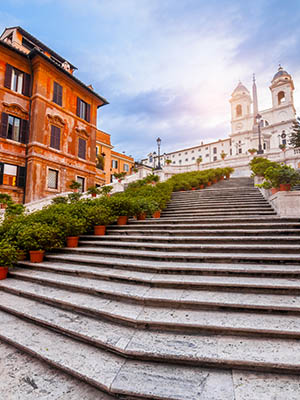
The palace is not the only monument with Spanish ties located in the square – the Column of the Immaculate Conception also presides over the square. It was inaugurated in 1857 by Pope Pius IX in celebration of the dogma of the Immaculate Conception, whereby the Virgin Mary is the only human being free of original sin. Though the monument itself is relatively modern, the Corinthian column itself dates back to ancient Rome. It was discovered during excavations in 1778. A statue of the Virgin Mary stands atop the column while four bronze statues of Moses, King David and the prophets Isaiah and Ezekiel, sit at the base.
The Spanish Steps
The Spanish Steps are probably one of the most famous set of steps in the world. 135 gleaming steps connect the square to the Trinità dei Monti church, which provides sweeping views of Rome. The steps were built to connect the Embassy of Spain to the Church and were designed by the architects Alessandro Specchi and Francesco De Sanctis. They were in inaugurated during the 1725 Jubilee by Pope Benedict XIII. There is a special meaning behind the construction of these steps but you’ll have to read on to find out!
To sit or not to sit on the Spanish Steps?
In 2019, the city of Rome brought a ban into effect to protect the cultural heritage of the steps: it is no longer permitted to sit on the Spanish Steps. It had been a popular gathering spot for people and it was common to see people eating and drinking on the steps but now the steps can only be used as transit. Hefty fines are handed out to all those who do not comply with the bylaw – tourists included.
Fontana della Barcaccia
The 1627 Fontana della Barcaccia is a Baroque-style fountain of a half-sunken ship at the foot of the Spanish Steps. Pope Urban VIII commissioned Pietro Bernini, the father of Gian Lorenzo Bernini, the acclaimed founder of the Baroque style of sculpture, to build the fountain. Bernini is also believed to have helped in completing the project.
Legend has it that a small boat was carried to Piazza di Spagna when the Tiber flooded in 1598, and when the waters receded, the boat was deposited in the centre of the square, inspiring Pietro.
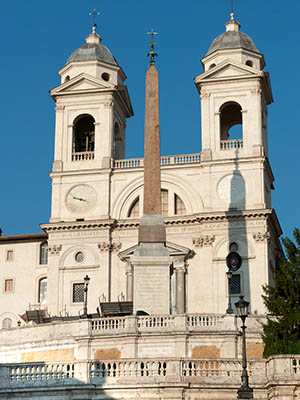
The fountain’s source of water comes from Acqua Vergine, a 19 BC aqueduct built by Agrippa, which also serves Fontana de Trevi and Piazza del Popolo. The fountain was built slightly below street level due to the low water pressure from the aqueduct.
Trinità dei Monti
Piazza di Spagna would not be complete without the commanding position the majestic Trinità dei Monti church has over the square. Sitting at the top of the Spanish Steps, the tiny square in front of the church affords one of most iconic views of the historic centre of Rome, with St. Peter’s Basilica stoically rising above all the city’s rooftops.
The oldest part of the church dates back to 16th-century, Renaissance Europe and is one of the most emblematic churches of Rome.
The church was under the patronage of the Bourbon King of France, Louis XII, and the Spanish steps were built to metaphorically link Spain and France: the Bourbon Embassy of Spain was located at the foot of the Spanish Steps, while the French church was located at the top. The steps represented a symbol of reconciliation to commemorate the peace that reigned between these two countries, following years of war.
Piazza di Spagna: the film set
The square has been featured in countless films, including Roman Holiday, the 1953 film starring Audrey Hepburn and Gregory Peck. There is an epic scene where Hepburn’s character is enjoying a gelato on the steps (which would be absolutely out of the question nowadays) and Peck’s character approaches her and offers her to show her the city. Besieged (Bernardo Bertolucci), The Talented Mr. Ripley (Anthony Minghella) and To Rome with Love (Woody Allen) are just some films featuring the beautiful square.
Piazza di Spagna is a top destination among all visitors in Rome, and an absolute must during your stay.





























































